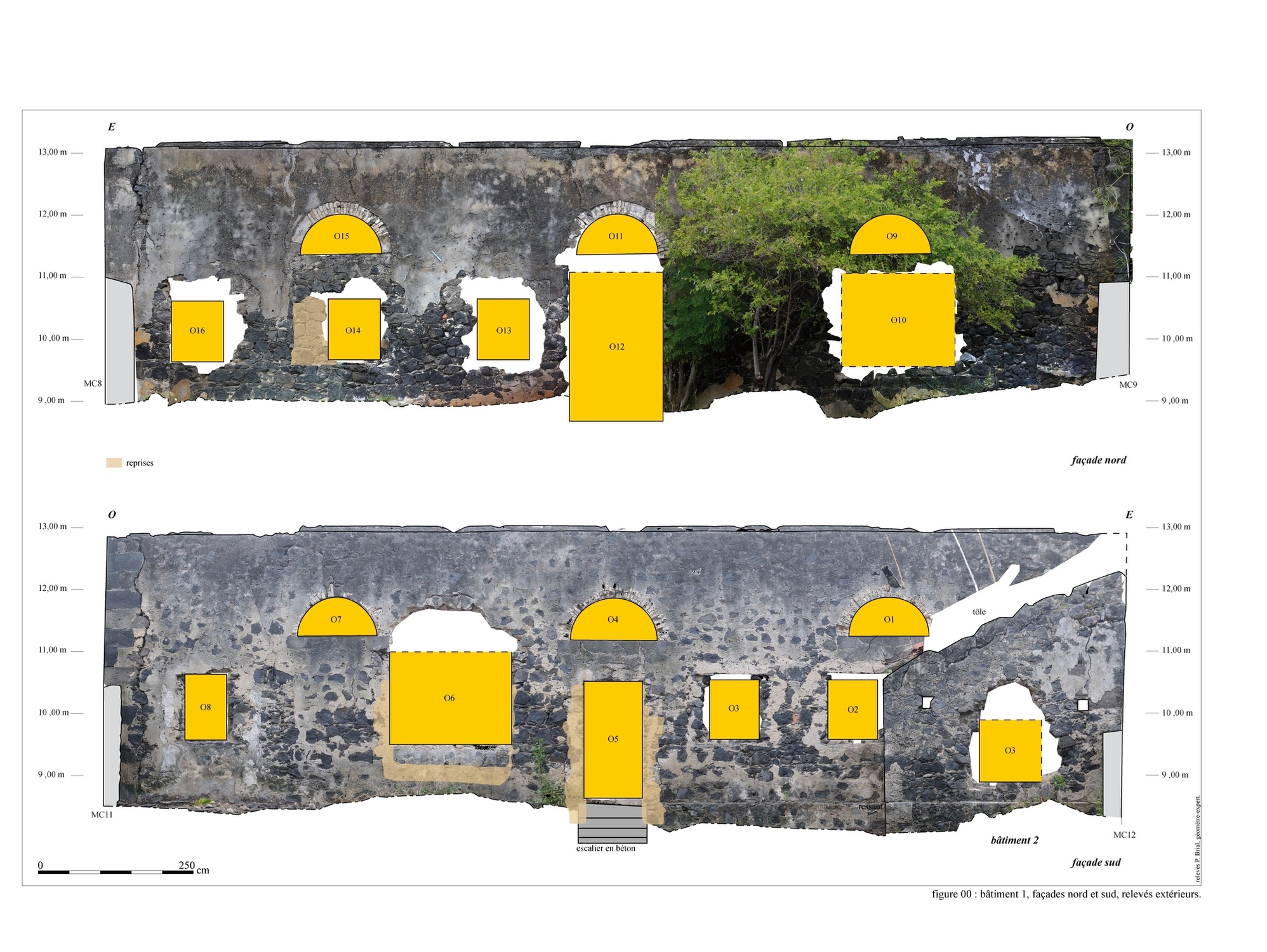
- Home
- Archaeology on Reunion Island
- Colonial organization
- Health facilities
As the local population changed, incomes varied and social statuses differed, Bourbon was faced with the need to set up health facilities whose function and location reflected its overall organisation and took into account various limitations.
Hospitals
The treatment provided to the sick reflected their place in Réunion society. Colonial and military hospitals were built in the main urban centres, such as Saint-Denis, Saint-Paul and Salazie, a village with thermal waters in the Hauts region of the island. In Saint-Denis, they included the Parc de la Providence, where archaeologists have recorded the remains of the former hospital built in 1858. The Grande-Maison Savanna in Saint-Paul was possibly a home for people with incurable diseases before becoming the residence of the factory director in the 19th century. Since productivity depended on the health of slaves and then indentured labour, hospitals were also an essential cog in the factory wheel; archaeologists have recorded two hospitals built for the Choppy plant in Saint-Pierre and the Bruniquel plant in Saint-Paul. There were also leprosaria, such as the one in Saint-Bernard.
Controlling epidemics
Travellers brought smallpox, plague and cholera with them to the island and epidemics were a frequent occurrence. Temporary lazarettos – quarantine stations – were built, which became permanent from the late 18th century. The remains of a former lazaretto were found under the Caserne Lambert in Saint-Denis. Most immigrants and travellers passed through two stations – La Ravine in Jacques and La Grande Chaloupe overlooking Saint-Denis – until the early 19th century. They contained dormitories, containment wards, hospitals and cemeteries.






